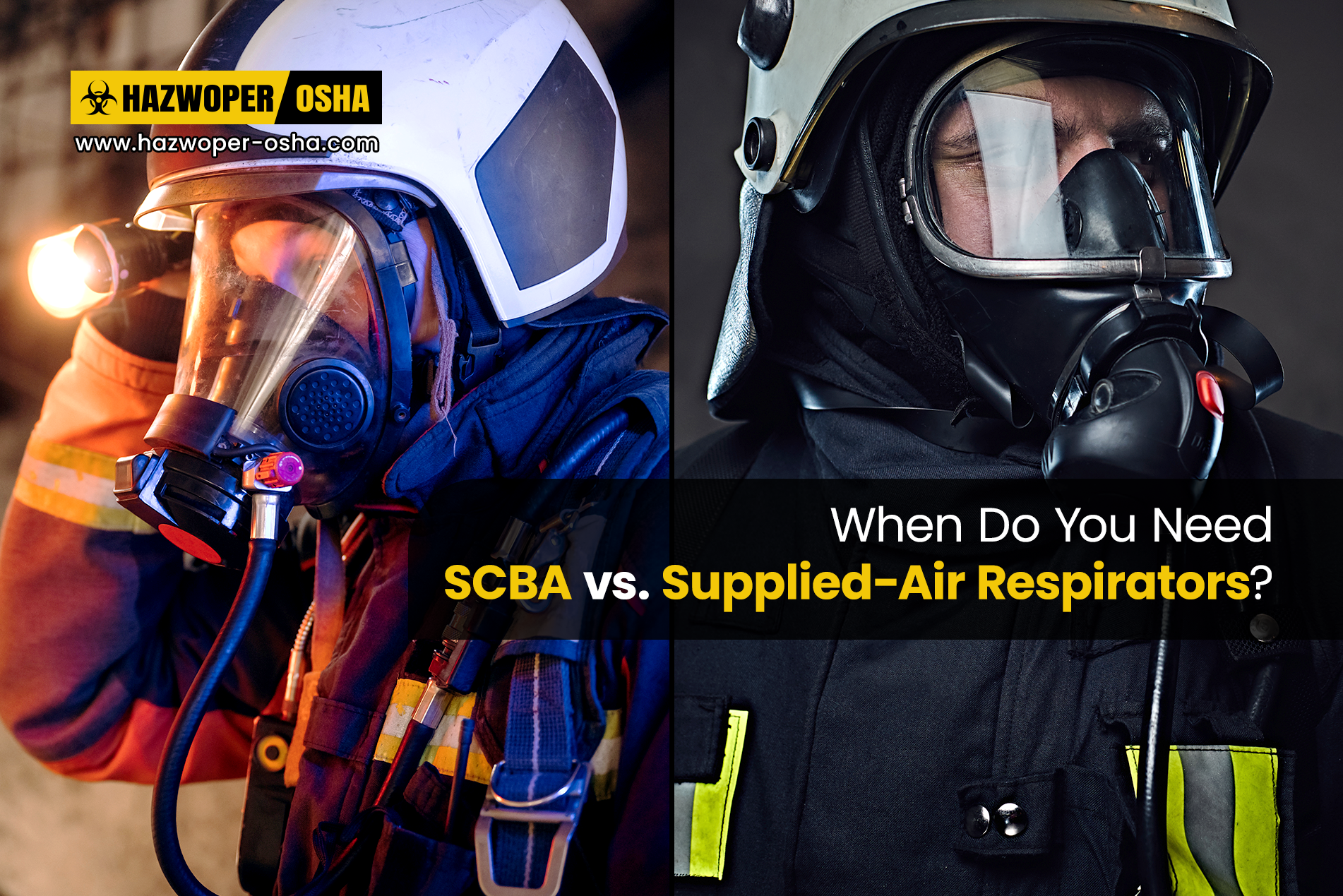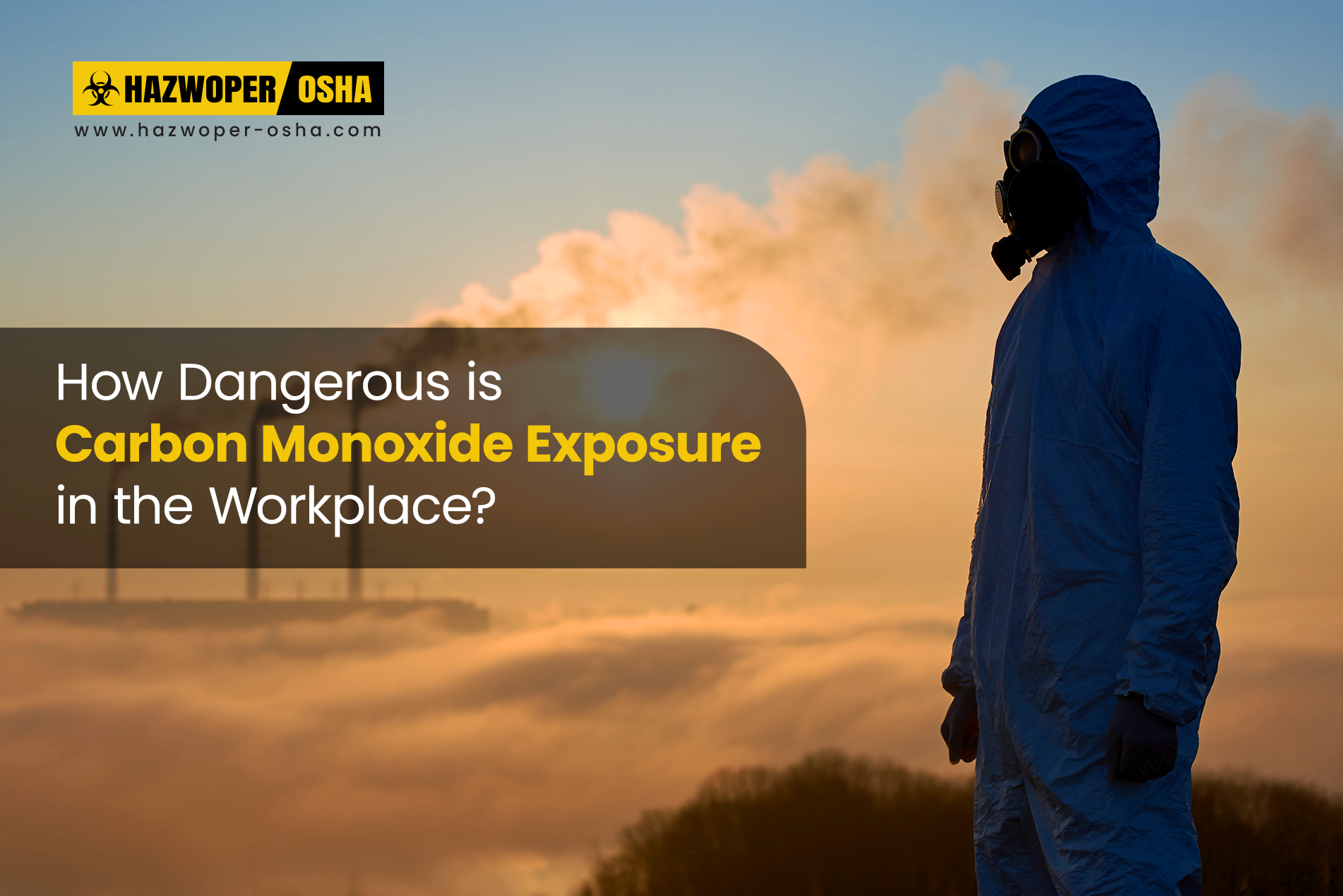Understanding the Link Between Poison Exposure and Cancer in the Workplace

Cancer is still a significant concern, especially in the workplace. Therefore, it is essential to understand and highlight the risks associated with chemical exposure. Workers in various industries face potential exposure to harmful chemicals, thereby increasing their risk of developing cancer.
This article aims to explores the link between workplace chemical exposure and cancer, emphasizing the importance of awareness and prevention measures. It also delves into the broader issue of poison exposure in the workplace, highlighting the various types of toxins workers may encounter and the potential health effects. Understanding these risks is key to implementing effective prevention strategies and ensuring a safer work environment for all.
The Link Between Chemical Exposure and Cancer
Poison exposure in the workplace has been linked to various types of cancer, including lung cancer, leukemia, and skin cancer. Industries such as construction, manufacturing, and agriculture often involve the use of hazardous substances like asbestos, benzene, and formaldehyde, which can significantly increase the risk of cancer among workers. Understanding and mitigating these risks are paramount to ensuring the health and safety of employees.
Common Workplace Chemicals Linked to Cancer
| Asbestos |  |
Found in many older buildings, asbestos fibers can be inhaled and lead to lung cancer, mesothelioma, and other respiratory diseases. Enroll workers in our Asbestos Awareness Training. |
| Lead |  |
Lead exposure disrupts normal cell functions, damages DNA, and interferes with the body's ability to repair damaged cells, leading to mutations that can initiate cancerous growth. Additionally, lead exposure can impair the immune system, making the body less effective at detecting and destroying cancer cells. Check out our Lead Awareness Training. |
| Benzene |  |
A chemical used in the production of plastics, resins, and synthetic fibers, benzene exposure has been linked to leukemia and other blood disorders. |
| Formaldehyde |  |
Used in a variety of products including building materials and household products, formaldehyde exposure has been associated with nasopharyngeal cancer and leukemia. |
| Arsenic |  |
Found in certain industries such as mining and agriculture, arsenic exposure has been linked to skin, lung, and bladder cancer. |
Protecting Workers from Exposure
Employers play a critical role in safeguarding their employees from the potential hazards of Poison exposure in the workplace. Implementing comprehensive strategies is essential to create a safe work environment. Here are some pivotal steps employers can take:
Substitution |
Safer and Greener Chemicals: Identify and replace hazardous chemicals with safer alternatives as recommended by the Hierarchy of Controls. |
Engineering Controls |
Ventilation Systems: Installing and maintaining effective ventilation systems can help remove or reduce airborne contaminants, minimizing the risk of exposure. Enclosed Workspaces: Designing work areas with proper containment measures can prevent the spread of hazardous substances and limit employee exposure. |
Personal Protective Equipment (PPE) |
Respirators: Providing workers with appropriate respirators based on the type and level of chemical exposure can protect their respiratory system. Gloves: Offering chemical-resistant gloves can prevent skin contact with hazardous substances. Protective Clothing: Outfitting workers with appropriate protective clothing, such as coveralls or aprons, can further reduce the risk of skin exposure. |
Hazard Communication |
Chemical Labels and Safety Data Sheets (SDS): Ensuring that all hazardous chemicals are properly labeled and that SDS are accessible to employees. This helps them understand the risks associated with the chemicals they handle. Learn how to recognize chemical hazards and read SDS by enrolling employees in our Hazard Communication with GHS training course. |
Conducting Training for Employees |
Training Programs: Conducting regular training sessions on chemical hazards, safe handling practices, and the proper use of PPE can empower employees to protect themselves. Click here to enroll employees in training related to their hazard exposures. |
Regular Air Monitoring |
Air Quality Monitoring: Regularly monitoring the air quality in the workplace can help identify any potential chemical exposure hazards. |
Regular Maintenance |
Equipment Maintenance: Ensuring that ventilation systems and other engineering controls are regularly inspected and maintained can help keep them functioning properly. |
Emergency Preparedness |
Response Plans: Developing and implementing emergency response plans for chemical spills or exposures can minimize the impact of accidents. First Aid: Providing training and resources for first aid response to chemical exposures can help mitigate the effects of exposure incidents. |
By implementing these measures, employers can significantly reduce the risk of poison exposure and create a safer work environment for their employees. Protecting workers from chemical hazards not only ensures their health and well-being but also contributes to a more productive and sustainable workplace.
Training and Education
Comprehensive training and education on chemical hazards are essential for workers. Employees should be trained in the safe handling, storage, and disposal of hazardous chemicals, as well as how to use PPE effectively. Regular safety meetings and refresher training should be conducted to ensure that workers knowledge and knowhow of the latest safety protocols are current and aligned to relevant EPA, RCRA, and OSHA HAZWOPER standards.
Legal and Regulatory Framework
In many countries, there are legal and regulatory frameworks in place to protect workers from the dangers of exposure. For example, in the United States, the Occupational Safety and Health Administration (OSHA) has set permissible exposure limits (PELs) for many hazardous chemicals. Employers are required to comply with these limits and take necessary measures to protect their workers.
Exploring Alternative Chemicals and Green Practices
In recent years, there has been a growing interest in alternative chemicals and green practices that can help reduce the risk of chemical exposure in the workplace. Employers can explore the following unique approaches to minimize chemical exposure:
Substitution of Hazardous Chemicals
Consider using environmentally friendly and non-toxic chemicals wherever possible.
Green Cleaning Practices
- Implement green cleaning practices using eco-friendly cleaning products.
- Use microfiber cloths and mops to reduce the need for chemical cleaners.
Sustainable Manufacturing Processes
- Adopt sustainable manufacturing processes that minimize the use of hazardous chemicals.
- Implement closed-loop systems to recycle and reuse chemicals.
Natural Ventilation and Biophilic Design
- Incorporate natural ventilation systems and biophilic design elements to improve indoor air quality.
- Use plants to help filter and purify the air, reducing the concentration of airborne contaminants.
Employee Wellness Programs
- Implement employee wellness programs that focus on reducing stress and promoting overall health.
- Provide access to mental health resources to support employees in managing work-related stress.
Our Role in Ensuring Safety
As seasoned leaders in compliance and safety training, HAZWOPER OSHA Training brings decades of collective experience to the table. Our team comprises of industry experts who have honed their skills through years of practical application and continuous learning. By choosing us, you're not only accessing top-tier training programs but also benefiting from the wealth of knowledge and insights we've acquired over the years. Our commitment to excellence ensures that you receive the highest quality training, tailored to your specific needs and delivered through various formats to accommodate your preferences. Whether you prefer online courses, SCORM-compliant modules, in-person training at your site, or virtual sessions, we have you covered.
Time is crucial, so don't hesitate to enroll in our comprehensive programs. Remember, prioritizing safety isn't just a responsibility; it's a commitment to protecting lives.
By fostering a culture of vigilance, education, and continuous improvement, we can effectively mitigate the risks of poison exposure and prevent occupational illnesses. Let us seize this opportunity to redouble our efforts, advocate for stronger regulations, and implement best practices to safeguard the health of workers everywhere. Together, we can create a future where every individual can work with confidence, knowing their health is protected from preventable hazards in the workplace.

 EN |
EN |  ES
ES

























































































































